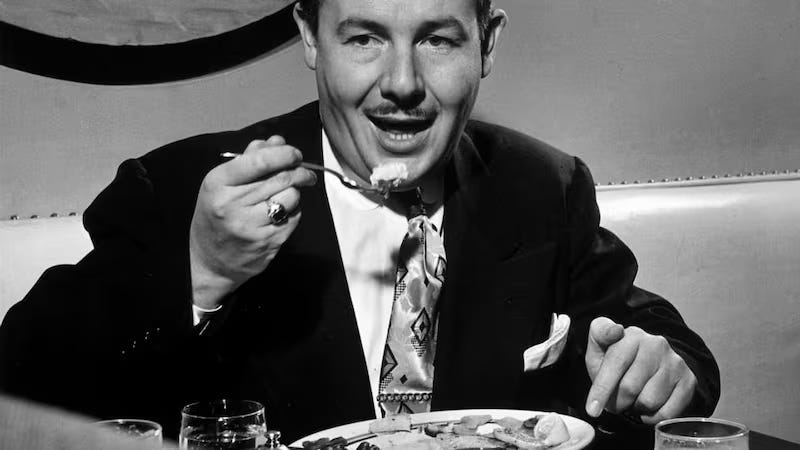Check, Please
The Business of Restaurant Payments
“A restaurant is a place where you go to celebrate a special occasion, or to create a new one.” — Unknown
Ever since Frank McNamara reached for his wallet at a Manhattan restaurant to find he was out of cash, restaurants have been at the forefront of payments. McNamara was entertaining a client at the time. To avoid embarrassment and potential loss of business, he excused himself and called his wife, asking her to drive in from Long Island with some money. (It was 1949: according to one account, she arrived with “curlers in her hair”.) The story goes that while waiting, he decided that this sort of thing should never happen again and that any “responsible businessman” should be able to sign a tab for a restaurant anywhere.
A few months later, McNamara returned to the same restaurant with his lawyer, Ralph Schneider, and paid for their meal using a cardboard chargecard and a signature. The pair expanded the idea into Diners Club. Launched in February 1950, it was initially offered to 200 people, mostly friends and family, who could use the card for payment at 14 Manhattan restaurants. A year later, 42,000 Americans had signed up and more than 330 businesses accepted the card. Within eight years, Diners Club had 800,000 card carrying members and coverage had widened to 17,000 establishments.
Major’s Cabin Grill, the restaurant McNamara dined at on West 33rd Street, is no longer there. It’s now a Dim Sum Palace. It still accepts Diners Club, currently part of BMO Financial Group in North America, although few customers use it. The card peaked in the mid 1960s, around the time Paramount Pictures released its movie, The Man from the Diners’ Club, about an employee at Diners Club who issues a credit card to a well-known mobster and has to retrieve it in order to keep his job. Multi-purpose cards soon took over, and cash remained a preferred payment option for many years to come.1
But demand for specialist payments infrastructure at restaurants persists and several companies have emerged to address it. This year, two stand out. Of the 236 members of the MSCI World Financials Index, a weighted index of the largest financial companies across 23 developed markets, one of the best performing is a restaurant payments business but so is the worst. The best is New York-listed Toast Inc, whose stock has doubled year to date; the worst is Paris-listed Edenred, whose stock is down 40%.
I’m pretty sure Dim Sum Palace doesn’t use either, but plenty of other restaurants do. Toast provides point-of-sale technology to 127,000 restaurants mostly in the US and increasingly internationally. Edenred operates a meal voucher scheme for up to 52 million diners globally.
For a tour of these companies, via Barismo coffee bar in Cambridge, Massachusetts and L’Auberge Rouge in Paris, France, alongside a wider discussion about the nature of restaurant payments, read on. And if you’re looking for a holiday gift for the finance fan in your life, Net Interest gift subscriptions are available here.

